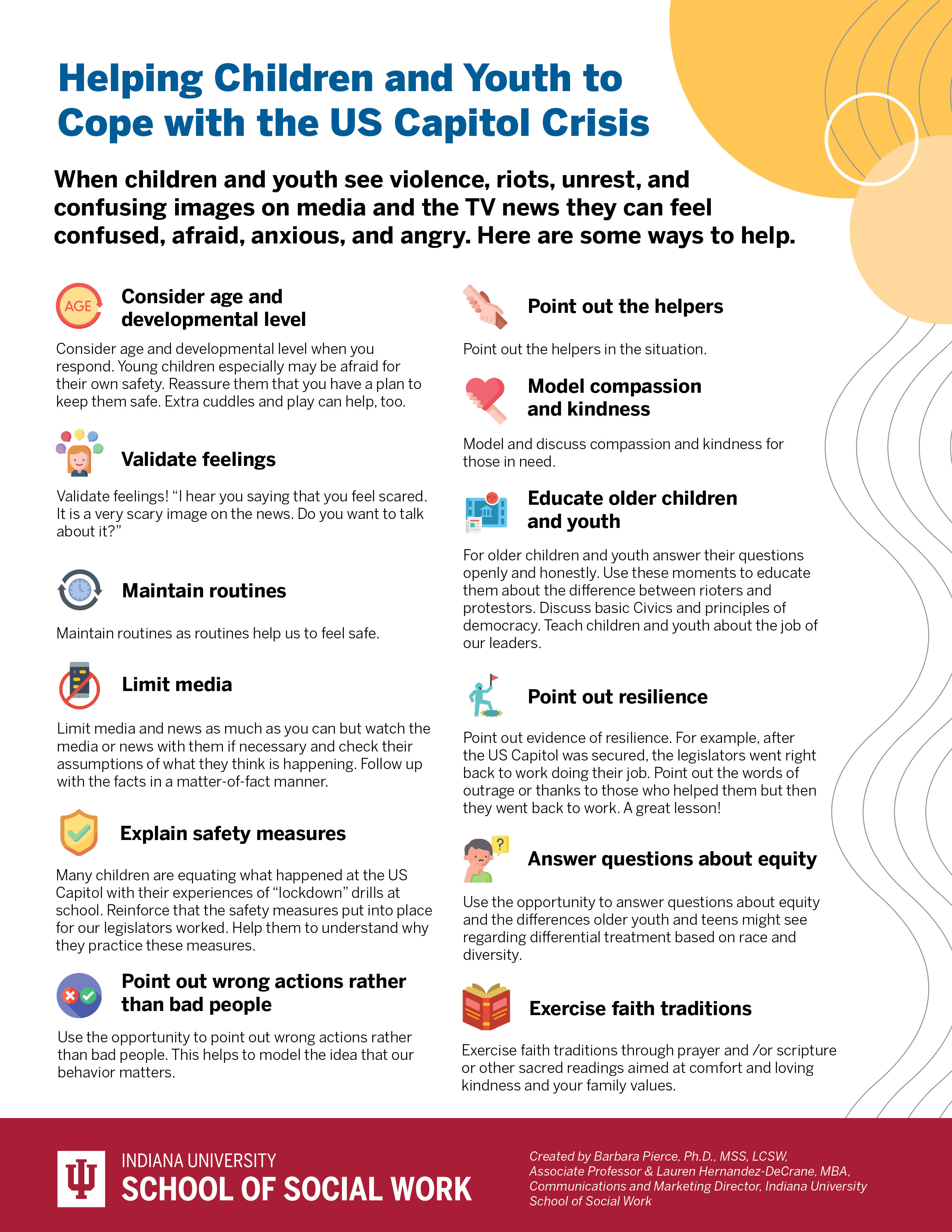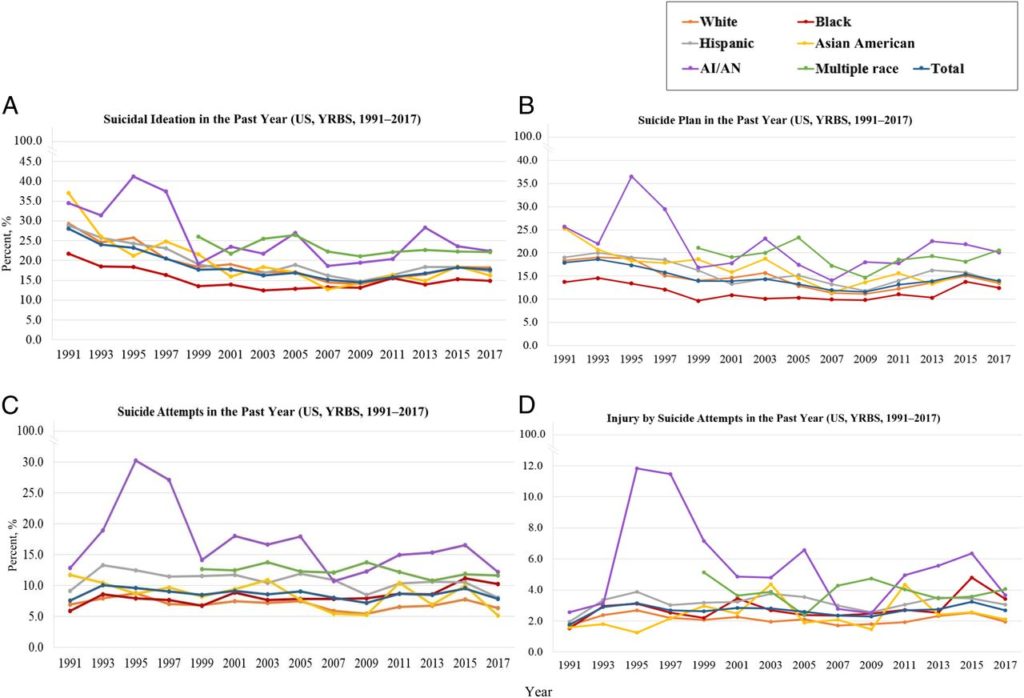Digital self-harm, where individuals anonymously post or share hurtful content about themselves online, has increased more than 88% since 2016. Between 2019 and 2021, about 9 to 12% of 13 to 17 year olds in the U.S. engaged in digital self-harm. The study also explored whether teens who experienced cyberbullying were more likely to engage in digital self-harm.
Tag: Youth
Alcohol-related blackouts during youth are markers of future neurocognitive risk
Alcohol-related blackouts (ARBs) are fairly common among younger, social drinkers – even considered a rite of passage by some. Yet new research has found that blacking out predicts unique, underlying brain changes involved with learning, memory, and the processing of visual information.
Increased risk of homelessness for youths growing up in foster homes
New research from the University of South Australia (UniSA) and Curtin University finds that up to 36% of young people leaving foster homes in Australia wind up homeless – compared to less than 10% of the general youth population.
Young people are increasingly using Wegovy and Ozempic
Public interest in weight loss drugs like Wegovy and Ozempic is surging, but national data on dispensing patterns in the United States are surprisingly scarce.
Alarming Rise of Electronic Vaping Use in U.S. Adolescents
A study among 57,006 adolescents shows daily electronic vapor use has significantly increased by more than three-and-one-half times from 2015 to 2019. In 2015, daily use was significantly higher in boys (2.8%) than girls (1.1%). By 2021, it was higher in girls (5.6%) than boys (4.5%).
Johns Hopkins Children’s Center Study Shows Negative Impact of COVID-19 Pandemic on Youth Minority Mental Health
Recent historical, political and public health events, most notably the COVID-19 pandemic, have collectively contributed to increased stress and mental health challenges among many groups of people — including adolescents in racial and ethnic minorities.
Research Identifies Characteristics of Cities That Would Support Young People’s Mental Health
As cities around the world continue to draw young people for work, education, and social opportunities, a new study identifies characteristics that would support young urban dwellers’ mental health.
Teens benefit from “forest bathing” – even in cities
Youth mental health in urban environments is significantly better when more nature is incorporated into city design.
Prof. Dr. Thanyavee Puthanakit, National Outstanding Researcher in Medical Science, with Clinical Research on the Treatment and Prevention of HIV in Youth
Prof. Dr. Thanyavee expressed her appreciation and honor for receiving the Outstanding Researcher Award.
New Report Shares First-Hand Experiences of Young Americans’ Relationship with Guns
New Report Shares First-Hand Experiences of Young Americans’ Relationship with Guns
Psychologist Calls Attention to Social Media as a Public Health Hazard
In New York City Mayor Eric Adams’ State of the City speech, he discussed protecting kids’ mental health in the face of excessive social media usage. Dr. Anthony Anzalone, a clinical psychologist at Stony Brook Medicine, also agrees that social media…
American University and Football for Peace Join Forces to Promote Sports Diplomacy, Launch Peace Center
American University and Football for Peace Join Forces to Promote Sports Diplomacy, Launch Peace Center
Study Finds That State-Mandated Civics Test Policy Does Not Improve Youth Voter Turnout
New research finds that a commonly used state-mandated civics test policy—the Civics Education Initiative (CEI)—does not improve youth voter turnout, at least in the short term.
Research Details Perils of Not Being Attractive or Athletic in Middle School
Life is harder for adolescents who are not attractive or athletic. New research shows low attractive and low athletic youth became increasingly unpopular over the course of a school year, leading to subsequent increases in their loneliness and alcohol misuse. As their unpopularity grows, so do their problems.
Type 2 diabetes increased among youth during and after COVID-19 pandemic
The number of children diagnosed with type 2 diabetes continued to rise in the year following the beginning of the COVID-19 pandemic, according to research being presented Thursday at ENDO 2023, the Endocrine Society’s annual meeting in Chicago, Ill.
Environment impacts mental health of young people – research
Living in areas with high numbers of fast food, alcohol and gambling outlets, can negatively impact young people’s mental health, new research shows.
Study Finds Disparate Gender Differences in Victims of Child Sex Trafficking
Youth involved in sex trafficking have extensive victimization experiences during childhood, and these experiences vary by gender. In the nationally representative study, 75 percent were males and 25 percent were females. Almost two-thirds of the girls were molested as a child, half were raped, and three-fourths were emotionally abused as a child, compared to 36 percent of males who were molested, 31 percent who were raped, and 37 percent who were emotionally abused. Eighty percent of females reported three or more victimization types compared to males (49 percent), and 31 percent of females experienced all five types of prior victimization compared to 11 percent of males.
Physicians Should Screen Youth for Cyberbullying, Social Media Use
Researchers recommend primary care physicians screen adolescents and young adults for inappropriate or misuse of social media and cyberbullying utilizing screening tools developed for use in the health care setting. Physicians also can ask about the many symptoms that could be warning signs of cyberbullying such as sleep disorders, mood disorders, eating disorders, suicidal thoughts, self-harm behaviors, academic problems, fatigue and headaches. They also can undergo training to detect bullying and ensure that their staff is trained appropriately.
FAU Harbor Branch Lands U.S. EPA Grant for ‘Hands-on’ Indian River Lagoon Field Trip
The project will host 125 field trips, which will educate as many as 3,125 socially disadvantaged middle and high school students about Florida’s natural resources and the importance of conserving them.
How to talk with youth about the dangers of viral challenges and online safety
Viral challenges have been around almost as long as the internet. Some, like the ice bucket challenge are good, raising awareness on important issues. But others are not, and can put both youth and their parents at risk. What makes these viral challenges attractive for youth? How should parents approach the topic of online safety with their children? A Virginia 4-H specialist and a Virginia 4-H’er provide advice on how to do just this.
Copy-cat? Youth with Few Friends Conform to Stay in a Friend’s ‘Good Graces’
What gives one friend influence over another? Considerable attention has focused on who influences whom; much less is known about why one partner is prone to be influenced by the other. A study tested the hypothesis that within a friend dyad, having fewer friends than one’s partner increases susceptibility to influence, because it reduces dissimilarity and promotes compatibility. Results showed that partners with fewer friends were influenced by children with more friends. In each case, the partner with fewer friends became more similar to the partner with more friends. Academic engagement was the only domain where partners with fewer friends also influenced partners with more friends.
UCI-led study discovers pre-treatment cognitive impairment in younger cancer patients
Irvine, Calif., Nov. 16, 2022 — A team of researchers led by the University of California, Irvine has discovered that adolescent and young adult cancer patients can experience cancer-related cognitive impairment before chemotherapy or radiation treatment, highlighting the importance of evaluating and managing toxicity at the time of diagnosis to help prevent further deterioration.
Teachers must stand up to bullying of LBGTQIA+ students
Unconscious bias and gender stereotypes are preventing teachers from intervening when they see LGBTQIA+ students being bullied, researchers from the University of South Australia say.

Thailand Clean Mobility Program (TCMP) Visioning Workshop with Youth
Chulalongkorn University Transportation Institute, in collaboration with GIZ and OTP, organized learning sessions and workshop for the Thailand Clean Mobility Program at the Chulalongkorn University Social Innovation Hub (CU Social Innovation Hub), Visid Prachuabmoh Building, on July 5 and 7, 2022.
Greater Empathy in Adolescents Helps Prevent Bias-based Cyberbullying
Little is known about cyberbullying and empathy, especially as it relates harming or abusing others because of race or religion. A study is the first to examine general cyberbullying, race-based cyberbullying, and religion-based cyberbullying in young adolescents. Results show that the higher a youth scored on empathy, the lower the likelihood that they cyberbullied others. When it came to bias-based cyberbullying, higher levels of total empathy were associated with lower odds of cyberbullying others based on their race or religion.
New Research Identifies Key Differences Between Intentional Animal Abuse and Neglect
A new study by researchers from the Animal Welfare Institute (AWI) and American University’s School of Public Affairs analyzed and categorized crimes against animals as either neglect or intentional cruelty. The research is based on newly available police data from across the country.
COVID-19 vaccine incentives get mixed reception from young people
Offering teens and young adults a chance at a college scholarship, cash, discounts or just some free food might help move the needle on COVID-19 vaccination rates, a new study suggests. In all, 82% of people between the ages of 14 and 24 have a positive attitude toward prizes, raffles, giveaways, and other incentives designed to increase vaccination. But a sizable minority of young people have their doubts about whether such vaccine incentives will work or are ethical.
Both Mothers and Friends Shape Adolescent Self-esteem
A new longitudinal study takes a deep dive into adolescent self-esteem and the role that parents – specifically mothers – and friends play in shaping how youth feel about themselves.
TikTok, Snap & YouTube Face Congress Today: American University Experts Available
WHAT: Today, popular social media networks among teens, TikTok, Snapchat and YouTube, are testifying in front of Congress, with Snapchat and TikTok testifying for the first time. The popular networks are on Capitol Hill as Congress continues to investigate how…
Make the Olympics Dreams Come True – The Chula Sports Development for the Nation Project Supports Thai Youths to Compete in the World Arena
The alumni of the Chula Sports Development for the Nation Project have made Thailand proud at the Olympic Games Tokyo 2020, and at many other competitions over the past three decades – proof of Chula’s commitment to promoting sports excellence and academic mastery among youth. The project is open yearly to young adults with athletic skills in more than 30 sports.
FDA Meets a Court Deadline, But Fails to Protect America’s Kids from E-cigarettes
Today, the Food and Drug Administration issued decisions on new tobacco product applications, addressing the over 6 million unique products and flavor variations submitted for agency review. Missing from the FDA’s announcement was a decision on a company that has the largest e-cigarette market share – Juul.
Self-inflicted Firearm Injuries Three Times More Common in Rural Youth
A national study published in the Journal of Pediatrics found that Emergency Department (ED) visits by youth for self-harm were nearly 40 percent higher in rural areas compared to urban settings. Strikingly, ED visits by youth for self-inflicted firearm injuries were three times more common in rural areas. Youth from rural areas presenting to the ED for suicidal ideation or self-harm also were more likely to need to be transferred to another hospital for care, which underscores the insufficient mental health resources in rural hospitals.

Distance from hospital impacts cancer diagnosis, survival in young adults
Adolescents and young adults living in rural versus metropolitan U.S. counties and those living farther from the hospital where they were diagnosed are more likely to be detected at a later cancer stage, when it is generally less treatable and have lower survival rates compared with those living in metropolitan counties and closer to the reporting hospital, finds a new study from the Brown School at Washington University in St. Louis.
Study: Impulsiveness tied to faster eating in children, can lead to obesity
The research sought to uncover the relationship between temperament and eating behaviors in early childhood. The findings are critical because faster eating and greater responsiveness to food cues have been linked to obesity risk in children.
Preventive interventions can improve mental health outcomes in children, teens and young adults
Offering interventions to young people in the general community can prevent the emergence of certain mental health disorders, according to the first comprehensive systematic review to address this question. The results appear in the May/June issue of Harvard Review of Psychiatry, which is published in the Lippincott portfolio by Wolters Kluwer.

New IU study finds most high-school age youth are willing to wear masks
A new study from Indiana University researchers finds that most high-school age youth are willing to wear masks to help prevent the spread of the COVID-19 virus, but that more education is needed on how to wear masks properly and on the importance of consistent commitment to public health guidelines.

Helping children and youth cope with the crisis at the U.S. Capitol
When children and youth see violence, riots, unrest and confusing images on social media or television news, they can feel confused, afraid, anxious and angry. A social work researcher on child welfare and trauma at Indiana University, Barbara Pierce provides…
How a police contact by middle school leads to different outcomes for Black, white youth
A new University of Washington study finds that Black youth are more likely than white youth to be treated as “usual suspects” after a first encounter with police, leading to subsequent arrests over time. Even as white young adults report engaging in significantly more illegal behavior, Black young adults face more criminal penalties.
For Black Girls, Attitudes About Being Black Affect Risk of Depression
A new study suggests that the messages Black girls hear at home about being Black, and about being Black women in particular, can increase or decrease their risk of exhibiting the symptoms of depression.
Study Highlights Ties Between Racism and Activism in Black Youth
A new study finds that experiences with racism are associated with increased social consciousness and social justice activism in Black youth.

Community-service partnership improves youths’ perception of police, ASU research shows
In his latest research, Adam Fine, an assistant professor in the School of Criminology and Criminal Justice, explores how those attitudes diverge by race at a young age, and how a specific community-service partnership program called Team Kids can change youths’ views toward police officers. His paper, “Police Legitimacy: Identifying Developmental Trends and Whether Youths’ Perceptions Can be Changed,” was published recently in the Journal of Experimental Criminology.

It’s 2020: Time to Teach Teens ‘Safe’ Sexting
Telling youth not to “sext” doesn’t seem to be reducing the prevalence of them sharing nude photos or videos. A national sample of about 5,000 youth ages 12 to 17 showed 14 percent had sent and 23 percent had received sexually explicit images. Researchers say it’s time to teach teens ‘safe’ sexting and provide important tips to avoid significant and long-term consequences, such as humiliation, extortion, victimization, school sanction, reputational damage, and even criminal charges.

Suicide attempts among black adolescents on the rise
While suicide attempts decreased overall among U.S. adolescents between 1991 and 2017, they increased by 73% among black adolescents, finds a new study from the Brown School at Washington University in St. Louis.“The rise in suicide rates among black youth can most likely be traced back to an internalization of issues around structural racism in America, along with a lack of coping mechanisms and lack of investment in mental health services in black communities,” said Sean Joe, the Benjamin E.